In an era dominated by digital content and live performance, the demand for high-quality wireless microphones has surged. Whether you’re a YouTuber filming daily vlogs, a musician performing live on stage, a teacher running online classes, or an event host speaking to a crowd, a good wireless mic can make all the difference.
Audio is often underestimated. Viewers may accept imperfect visuals, but if the sound is muffled, noisy, or cutting out, they will quickly lose interest. That’s why professionals and amateurs alike are seeking the best wireless microphone to suit their needs. This guide dives deep into everything you need to know _ from key buying factors to the top models available in 2025.
Why Wireless Microphones Have Become Essential
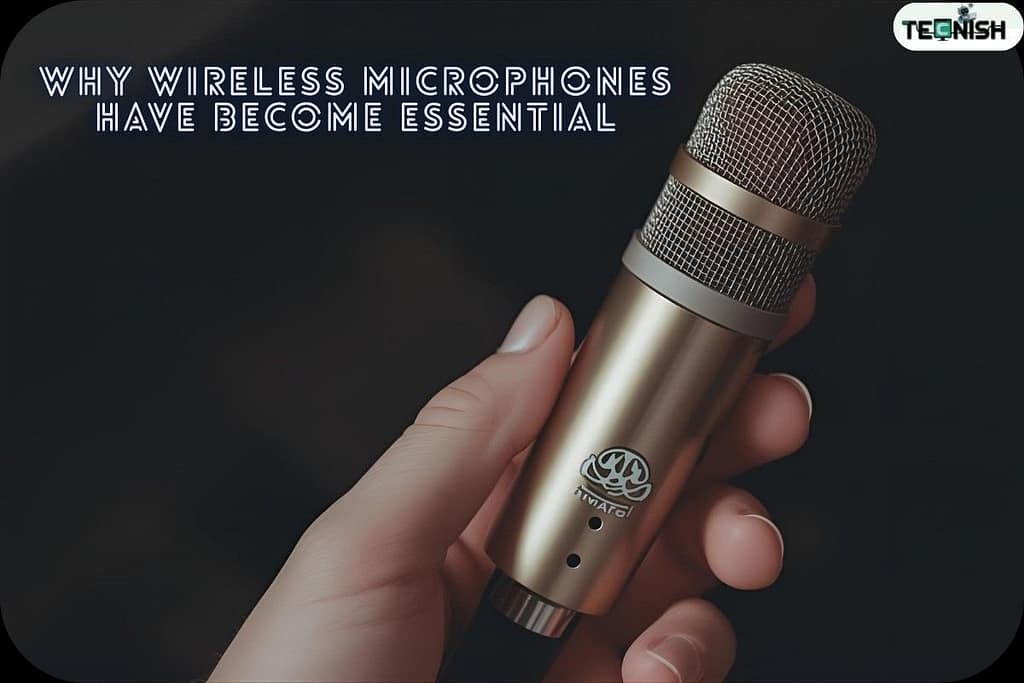
Wireless microphones offer more than just convenience. They provide:
1.Mobility: Move freely without cables restricting your range.
2.Aesthetics: Cleaner setups for video production or live events.
3. Safety: No trip hazards from long cords on stage.
4. Flexibility: Ideal for interviews, fitness classes, performances, and more.
Think about a wedding videographer capturing vows without visible microphones, or a YouTuber walking outdoors without wires dangling across the frame. These scenarios highlight how wireless systems elevate both the visual appeal and the professional sound quality of content.
Key Features to Consider Before Buying
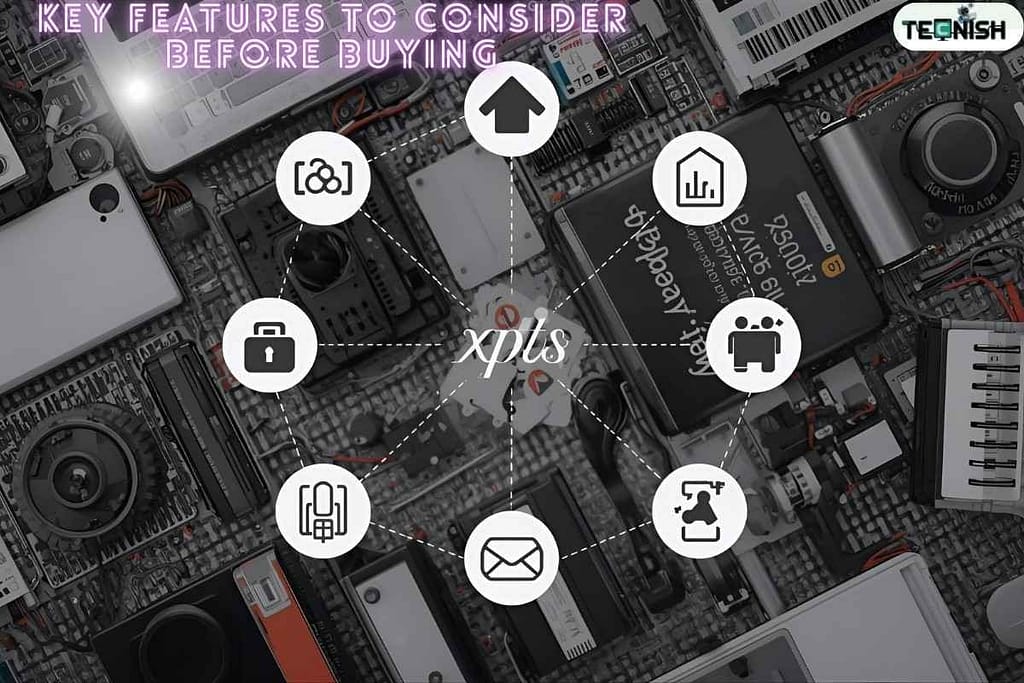
Not all wireless microphones are created equal. Choosing the right one depends on understanding what matters most for your situation.
1. Frequency Band: UHF vs 2.4 GHz
- UHF (Ultra High Frequency):
Traditionally used in professional systems. Offers longer range and better resistance to interference. However, some frequencies may require licenses depending on your country. - 2.4 GHz Digital Systems:
More user-friendly, affordable, and globally license-free. However, they share the same spectrum as Wi-Fi and Bluetooth, meaning they can sometimes suffer interference in crowded environments.
2. Range and Reliability
If you’re shooting a short vlog in your room, range isn’t critical. But for concerts, conferences, or outdoor shoots, a reliable 50–100 meter range ensures freedom without signal dropouts. Always test your system in the actual environment before critical recordings.
3. Latency
Latency refers to the tiny delay between speaking and hearing the sound. In live performances or streaming, even a 100-millisecond lag can throw performers off. Premium systems minimize this delay to keep audio in sync.
4. Battery Life
Running out of battery mid-recording can ruin an entire project. Entry-level systems might last 4–5 hours, while professional kits often reach 10+. Many modern systems include charging cases for convenience, allowing you to recharge on the go.
5. Microphone Type
- Lavalier (Clip-on): Discreet, perfect for on-camera talent.
- Handheld: Classic choice for singers, performers, or street interviews.
- Headset: Ideal for fitness trainers, theater actors, or lecturers needing hands-free operation.
6. Build Quality
Professional environments demand durability. Look for metal casings, secure clips, and weather resistance if you’ll be outdoors.
7. Price and Value
A $100 system can be perfect for online classes, but a live performer may need to invest in a $600+ kit for reliability. The best choice is the one that balances your budget with your requirements.
Top Wireless Microphones in 2025
Based on expert reviews and real-world testing, these are the standout wireless microphones this year.
1. DJI Mic 2
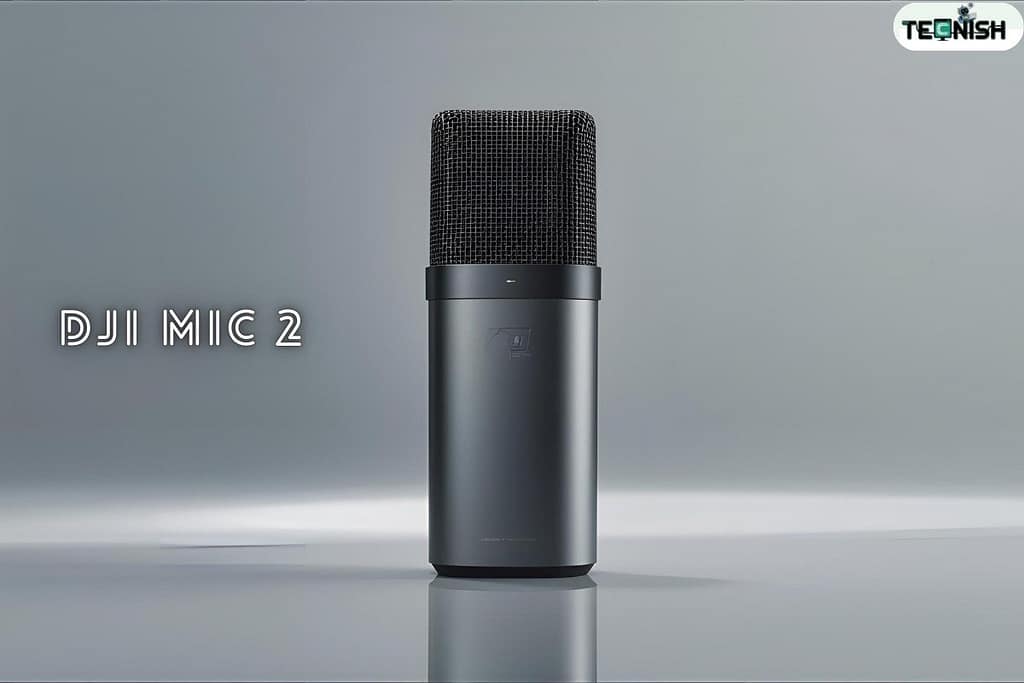
DJI has expanded beyond drones to audio gear, and the Mic 2 has become a favorite among creators. It delivers pristine sound, has excellent range, and includes onboard recording — a lifesaver if the wireless connection drops.
- Best For: Professional videographers, YouTubers, interviewers
- Pros: Backup recording, sleek design, long range
- Cons: Premium price tag
2. RØDE Wireless GO II
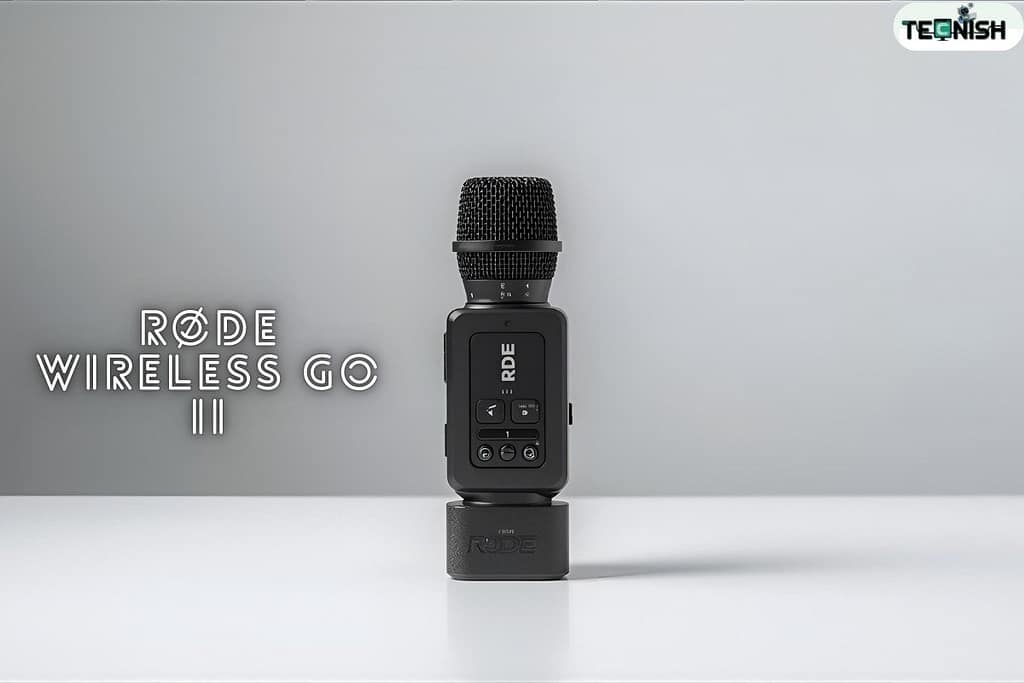
Compact, lightweight, and intuitive, the Wireless GO II is beloved by vloggers. It supports two transmitters for recording two people at once and connects seamlessly to cameras and smartphones.
- Best For: Content creators, podcasters, mobile journalists
- Pros: Small, easy to use, dual-channel recording
- Cons: Limited range compared to UHF systems
3. Sony ECM-W2BT
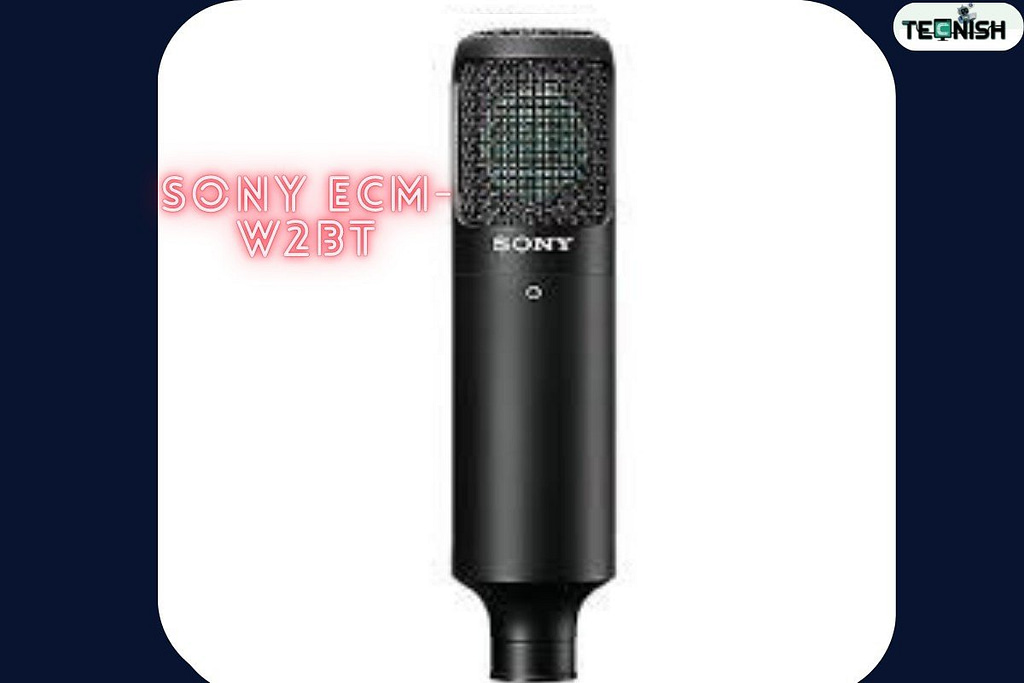
This wireless mic integrates especially well with Sony cameras but works broadly. Known for its reliability and noise reduction, it’s a top choice for outdoor or noisy environments.
- Best For: Hybrid creators, outdoor filmmakers
- Pros: Strong noise handling, durable build
- Cons: Best performance with Sony gear
4. Hollyland Lark A1 Combo
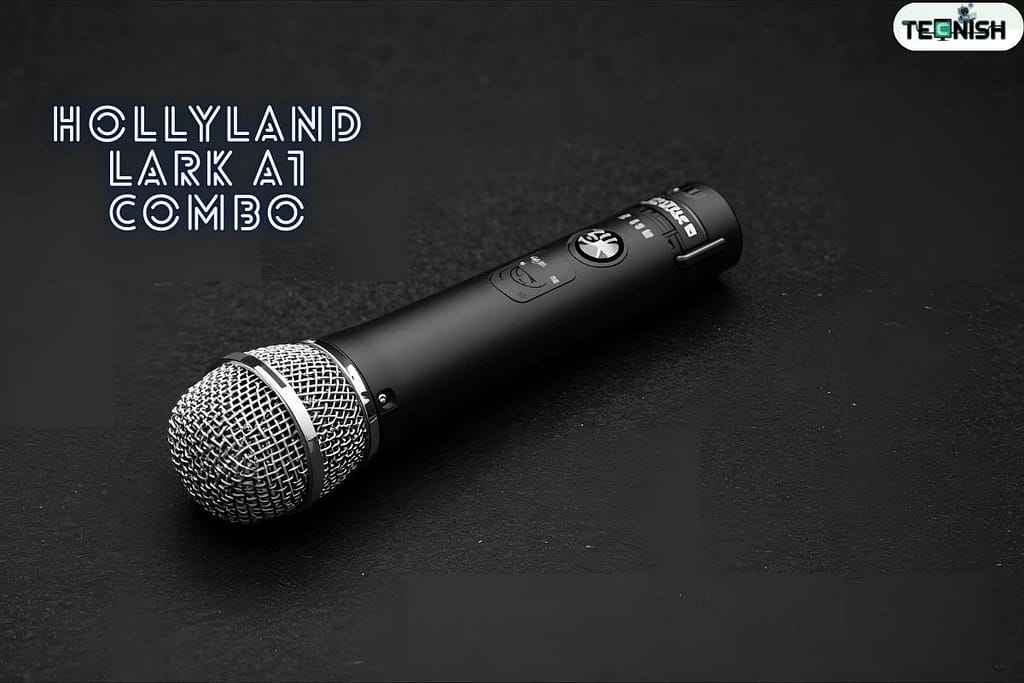
Offering dual transmitters and impressive battery life, the Lark A1 balances affordability with professional features. It’s a versatile choice for interviews or dual-speaker setups.
- Best For: Interviews, collaborations, educational videos
- Pros: Two transmitters, solid audio, good value
- Cons: Slightly bulkier system
5. BOYA BY-V10
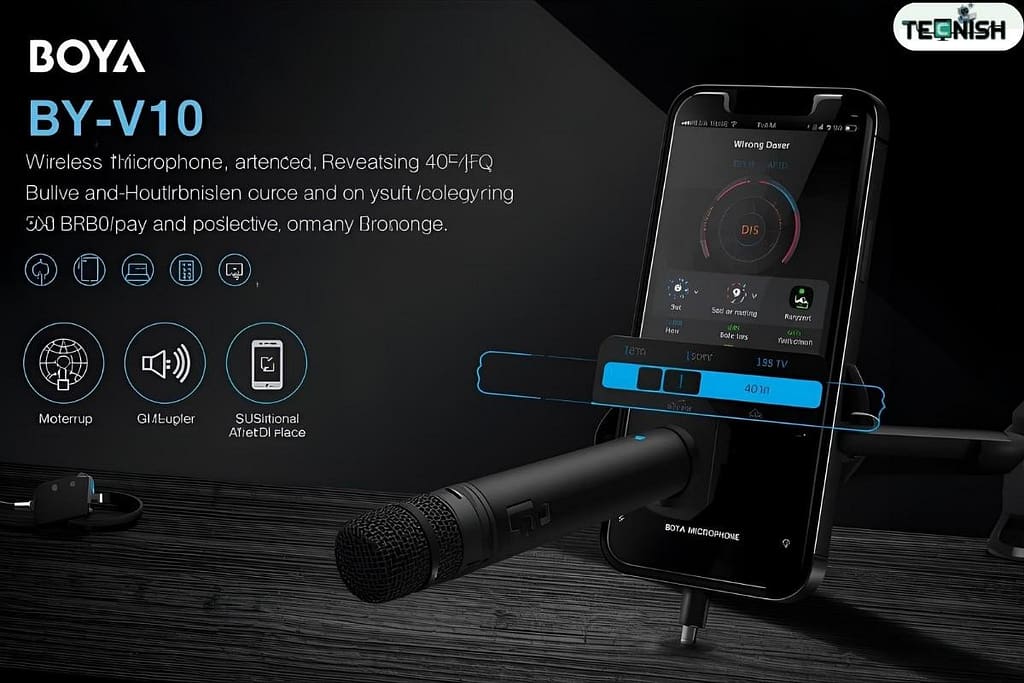
A great entry-level wireless lavalier, BOYA makes wireless audio accessible to beginners. It may not rival premium brands, but it’s dependable for basic content creation.
- Best For: Beginners, budget-conscious users
- Pros: Affordable, simple setup
- Cons: Shorter lifespan, lower durability
6. XTUGA Pro 4-Channel UHF System
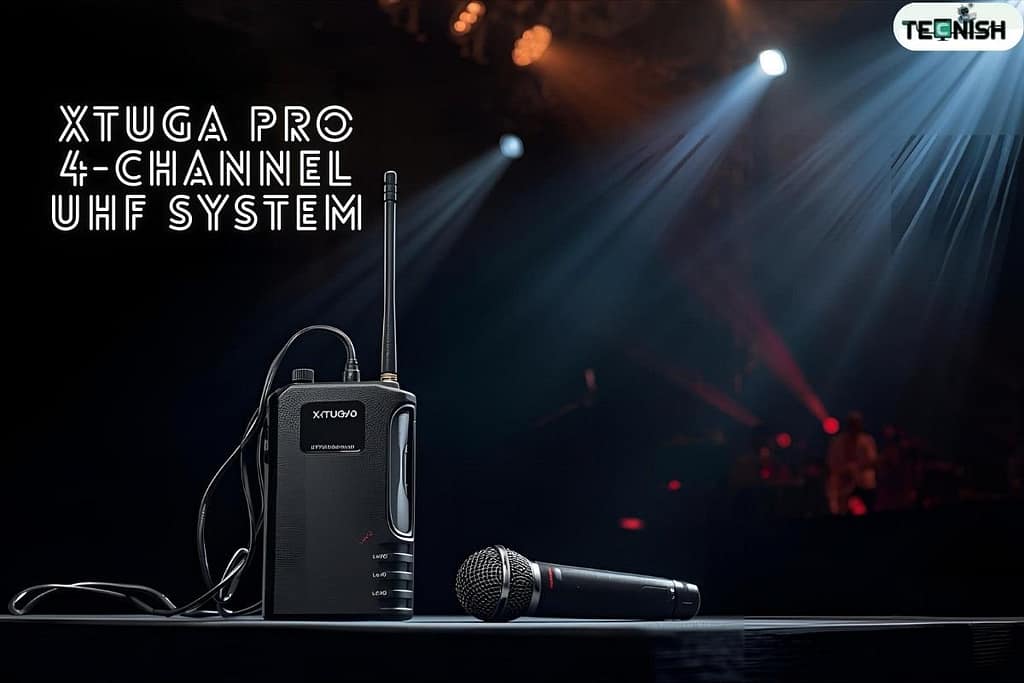
For professionals hosting live events or church services, the XTUGA provides multiple wireless channels and robust UHF performance.
- Best For: Conferences, stage performances, large gatherings
- Pros: Multi-channel, strong signal stability
- Cons: Requires more technical setup, less portable
Wireless vs Wired Microphones: Which Is Better?
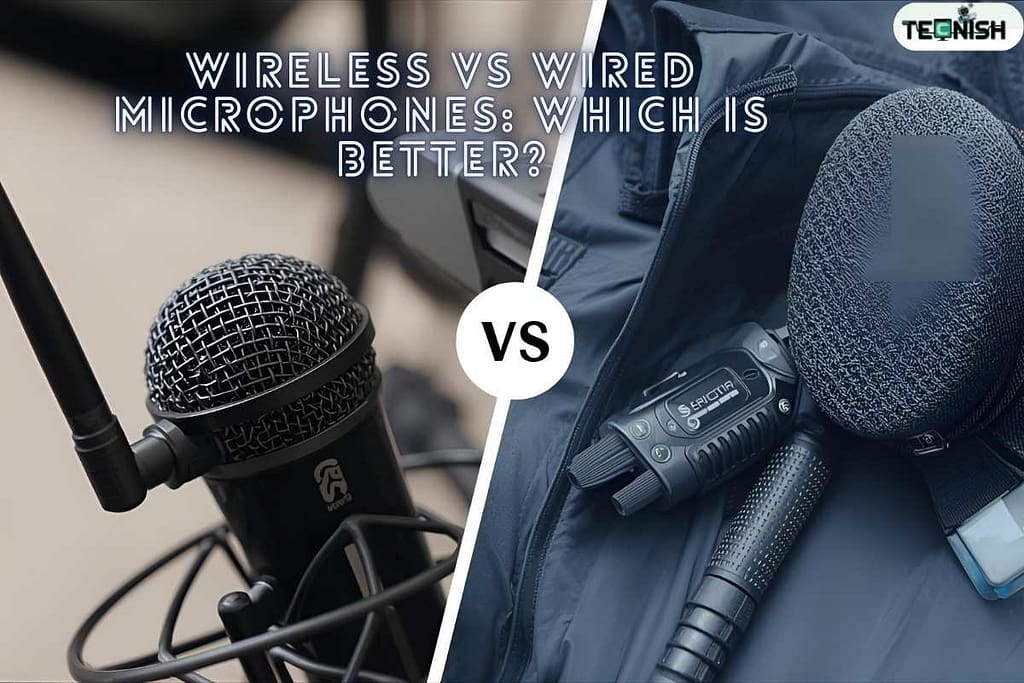
While wireless mics shine in mobility, wired microphones still have advantages. They’re more affordable, offer zero latency, and don’t rely on batteries. For studio recordings or stationary podcast setups, wired may remain the best option.
However, for visual production, live events, or mobile recording, wireless is almost always worth the investment. The clean look and movement freedom elevate professionalism and practicality.
Use-Case Recommendations
Here’s a quick breakdown of the best options by scenario:
1.YouTube Vloggers: RØDE Wireless GO II or DJI Mic Mini (compact, easy to use)
2.Professional Film Production: DJI Mic 2 or Sony ECM-W2BT (backup recording, premium quality)
3. Stage Performances: UHF systems like XTUGA or Shure’s pro lines (long range, multi-channel)
4. Fitness Instructors: Headset-style wireless mics (hands-free stability)
5.Budget Users: BOYA BY-V10 (affordable, simple solution)
Tips for Using Wireless Microphones Effectively
- Test Before You Record: Always walk around your space to check for interference or dropouts.
- Maintain Line of Sight: Keep transmitters and receivers unobstructed when possible.
- Carry Spare Power: Extra batteries or charging cases prevent mid-show failures.
- Use Windshields Outdoors: Reduce wind noise for cleaner audio.
- Record a Backup: If possible, capture a second audio source (camera mic, onboard recorder).
The Future of Wireless Microphones
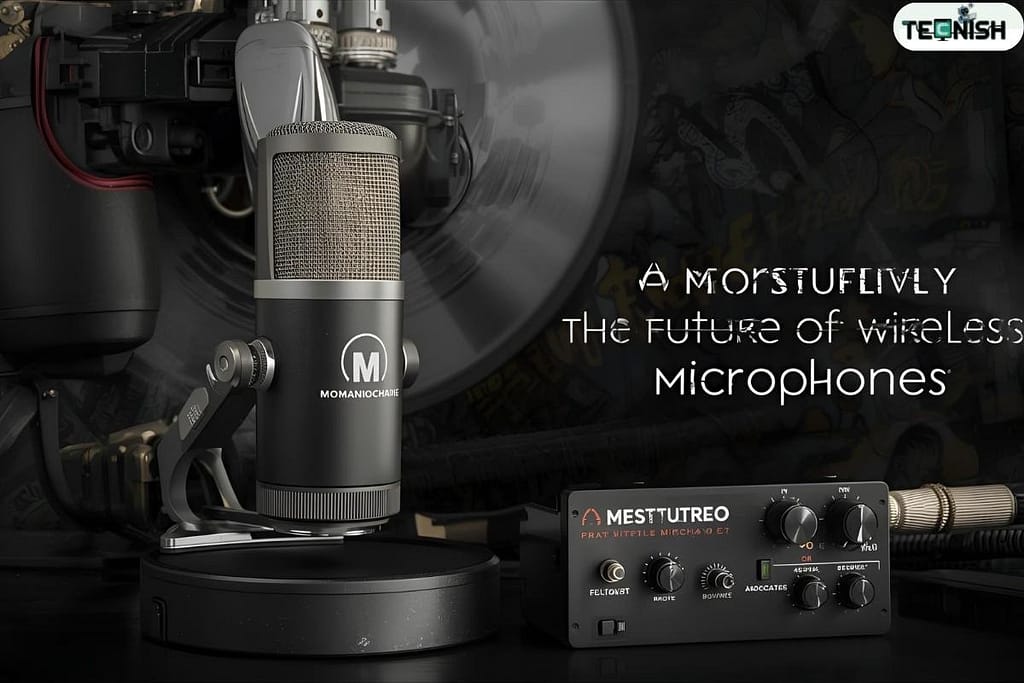
As technology advances, wireless mics are becoming smaller, smarter, and more reliable. Expect to see:
1.Longer battery life thanks to efficient chips.
2.Smarter interference handling using AI-based frequency hopping.
3.Seamless smartphone integration for mobile content creators.
4.More affordable pro features, like onboard recording, entering the mid-range market.
In short, the gap between budget and premium systems is shrinking — great news for all creators.
Conclusion
So, what is the best wireless microphone in 2025? The answer depends on you.
1. For creators seeking all-in-one reliability: DJI Mic 2.
2. For vloggers wanting portability and ease: RØDE Wireless GO II.
3. For professionals in events and live shows: a multi-channel UHF system like XTUGA.
4.For beginners: BOYA BY-V10 is unbeatable in price.
The key is to match your budget, environment, and purpose with the right system. A wireless microphone isn’t just a gadget; it’s an investment in your voice, your message, and your brand. In a world saturated with content, clear and consistent audio will always set you apart.
FAQ
1. What is a wireless microphone system?
A wireless microphone system includes a microphone (handheld, lapel, or headset), a transmitter that sends the audio signal, and a receiver that captures it. This setup allows for mobility without the constraints of cables.
2. How do I set up a wireless microphone?
1.Connect the receiver to your audio system (mixer, camera, or speaker).
2. Power on the transmitter (microphone) and receiver.
3. Pair them by setting both to the same frequency or channel.
4.Test the system to ensure clear audio transmission.
3. Can I use multiple wireless microphones simultaneously?
Yes, but ensure each microphone operates on a different frequency to avoid interference. Many systems offer multiple channels to accommodate several microphones.
4. What factors should I consider when choosing a wireless microphone?
1.Frequency Band: Choose a system that operates within the legal frequency bands for your region.
2.Range: Consider the distance between the transmitter and receiver.
3.Battery Life: Ensure the system’s battery life meets your event duration.
4.Microphone Type: Select a microphone type (handheld, lavalier, or headset) that suits your needs.
5.Audio Quality: Look for systems that offer clear and consistent audio without dropouts.
5. How can I prevent interference or dropouts?
1. Choose a clear frequency: Use a frequency scanner to find an open channel.
2. Maintain line of sight: Position the receiver where it has a clear line of sight to the transmitter.
3. Avoid obstacles: Keep the transmitter and receiver away from large metal objects or electronic devices that can cause interference.
4. Use diversity receivers: These receivers have two antennas and can switch between them to maintain a strong signal.
6. How do I maintain my wireless microphone system?
1.Regularly check batteries: Ensure batteries are charged or fresh before events.
2.Store properly: Keep equipment in a protective case to prevent damage.
3.Clean microphones: Use appropriate cleaning materials to maintain hygiene and performance.
4..Update firmware: If your system supports firmware updates, keep it updated for optimal performance

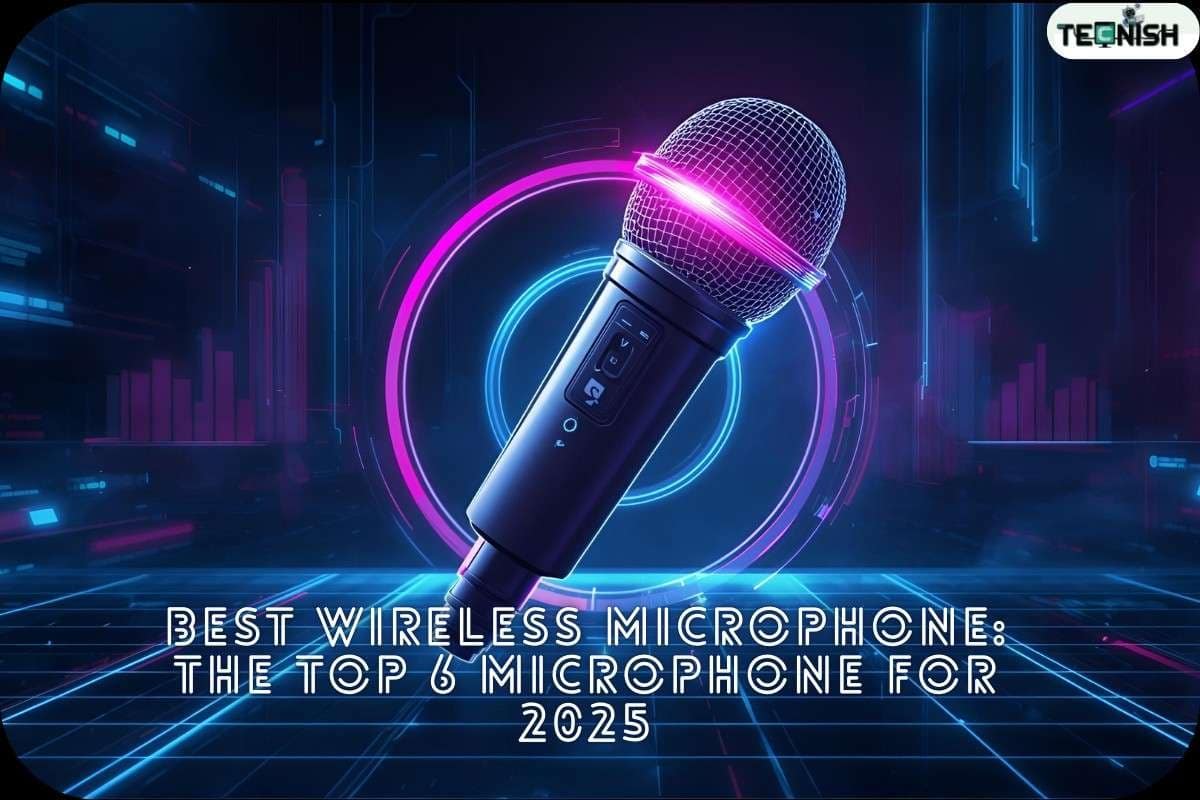
2 Comments
[…] guide will show you how to connect your Logitech wireless keyboard effortlessly like this wireless microphone guide . Whether you’re pairing via Bluetooth on laptops, tablets, or phones, or using the USB receiver […]
[…] technology has become more reliable, faster, and smarter than ever before. Let’s look at why wireless headphones under £100 make so much sense […]